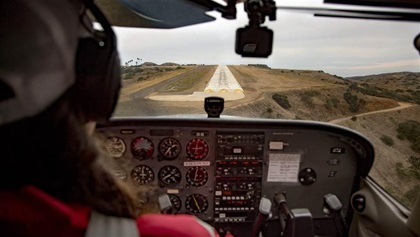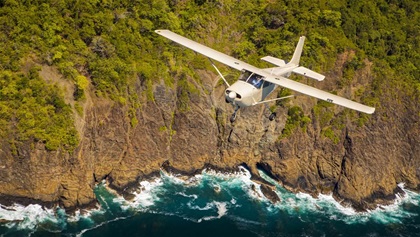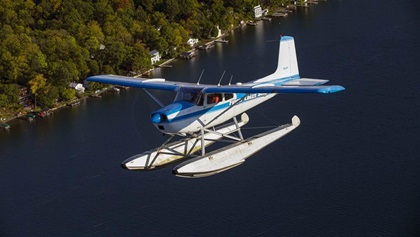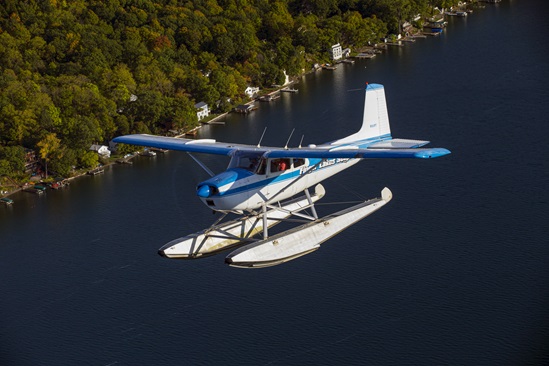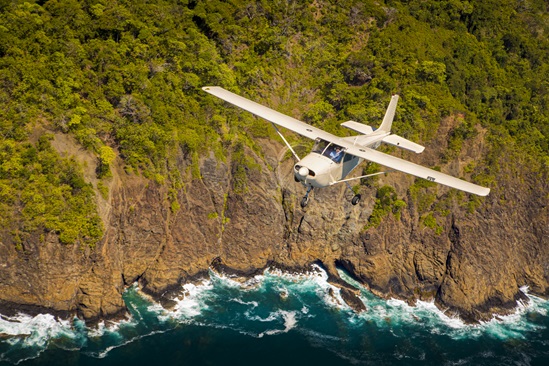Destination Catalina Island: Island adventure
An airport on the top of a mountain, in the middle of the sea
By Alicia Herron
No matter your level of aeronautical experience, the approach to Catalina Island demands respect. Turning base to final, my heart rate’s elevated.
Don’t come in high, don’t come in low, hit your airspeeds, and don’t get too slow. Remember that the upslope and narrowness of the runway is going to make you feel like you’re not on glideslope. Ignore the electric blue water in the bay below final. Pay no attention to the bison wandering the hills. And whatever you do, don’t get distracted by the cliffs. Keep your focus on that runway—there’ll be time for sightseeing later.
From upscale boutique hotels to underwing camping, fine dining to 30-mile-plus hikes, Catalina Island offers something for every budget and every taste—and it’s only a short flight away from the Southern California coast.
Santa Catalina Island is one of California’s eight Channel Islands, and one of two in Los Angeles County. Its 75 square miles have one incorporated town and 4,000 or so full-time residents. The Tongva, one of the indigenous groups of what would become Los Angeles, lived on the island until the Spanish invaded in the 1500s. Over the centuries to follow, varying nations controlled the island and it eventually fell into the hands of the Americans.
Chewing gum magnate William Wrigley Jr. bought most of the island in 1919. He brought his beloved Chicago Cubs to Catalina for spring training, and by bringing the team, brought spectators. Avalon became a haven for the rich and famous; Wrigley succeeded in growing tourism on the island as no one had before.
Thankfully for today’s pilots, the Wrigleys also built Catalina Airport, known as the Airport in the Sky, the only public-use airport on the Channel Islands. And in 1972, Wrigley family descendants helped to establish the Catalina Island Conservancy, which is responsible for the care of 88 percent of the island, including the airport.
Journey to the island
The first time I heard about the Airport in the Sky I was a student pilot, and it sounded unbelievable. You’re telling me I can depart L.A. airspace, fly out over the ocean, make a few calls on CTAF, and land at an airport built on top of a mountain? Sign me up.
I learned to fly in Southern California and have flown to Catalina before, but other than a childhood trip to Avalon I’ve never explored the island beyond the airport. Today AOPA Senior Photographer Chris Rose, AOPA Air Safety Institute Video Producer Kurt Sensenbrenner, and I plan to tour the interior of Catalina by car, and it’ll be a first for all of us.
We depart Zamperini Field in Torrance (TOA) for Catalina Airport (AVX) on an overcast, dead calm morning. The Torrance airport, named after local hero Louis Zamperini, is home to Robinson Helicopter Company and multiple flight schools, and is the mainland airfield closest to Catalina.
AVALON






An inversion is keeping that infamous L.A. smog around the thousand-foot-and-below mark. Above, the visibility is unlimited, and we can see the island almost immediately after departure. A rare storm left the San Gabriel Mountains snowcapped, and the haze makes the peaks to the northeast look like floating islands.
The flight to the Airport in the Sky is straightforward and the island is impossible to miss. Unless you’re flying a floatplane (and if you are, lucky you), the main flight plan consideration is choosing an altitude high enough to glide back to the Los Angeles coast or make it—with a margin—to the Airport in the Sky.
The calmness of the air and the stability of the airplane make it feel as though we are the ones suspended at a point in space, and that the glassy Pacific is rotating to bring the island closer to us. At about 22 nautical miles, the flight from Torrance is short and easy, but there’s enough time to overthink the overwater part. The oil pressure and temperature look good (for now) but any slight variation in sound gets more of a reaction than it would over land. We have no interest in an unplanned swim today.
The radio is quiet, a rarity in the L.A. basin. In between getting the AWOS for the airport—we’ll land on Runway 22, which has the more dramatic approach—and making position reports, I subtly adjust the volume, make sure my headset’s plugged in, and see if we have a stuck mic. The silence is welcome, but so unusual that I’m sure I’ve missed some call. It seems we have the place to ourselves. We fly around the west end of the island and get ready for the part of the trip that every pilot talks about: the approach.
The approach
The airport was created to accommodate Philip Wrigley’s DC–3 by shaving off the top of a mountain, so the runway starts and ends with drop-offs. Coming in to land over a cliff, with your absolute altitude changing from a couple thousand feet to a couple hundred in just a few minutes, can be unnerving. Fear of the cliff leads many pilots to come in too high—knowing you’ll likely be too high, though, can lead to dragging it in low and slow.
A successful landing requires the practical application of potentially rusty checkride skills. The key is in the setup, and in having the judgment to go around if things start looking iffy.
We first fly over the town of Two Harbors, then turn direct to the field, which sets us up almost perfectly for a 45-degree entry to a right downwind for 22. The rest of the approach is about discipline and mind over matter.
If you’re one of those pilots who has gotten into the bad habit of flying a faster approach speed (and hey, I’ve been there), you’ll need to break that and practice a few landings before you head over to Airport in the Sky. There is no extra runway to bleed off airspeed, and you and your passengers won’t feel comfortable if you use all 3,000 feet.
Since my first flight to Catalina, the airport has undergone notable changes. In my precheckride student pilot days, we flew to the island to practice soft field techniques. The uneven runway was riddled with potholes and crumbling asphalt, and the state of the field deterred pilot/owners who didn’t want to kick up debris into their perfect paint or fragile fabric.
From December 2018 to May 2019, after years of searching for a solution, the runway was repaired through a unique partnership between the Conservancy and the Department of Defense. A total of nearly 200 U.S. Marines and U.S. Navy Seabees were deployed to Catalina Island to replace the main runway’s asphalt with concrete as training for future missions. A donation from a Torrance-based aerospace company led to the renaming of AVX to Airport in the Sky at ACE Clearwater Airfield. The new and improved field is suitable for even the most pristine airplanes.
verdant catalina





The airport
After our landing on the smooth new runway, we taxi over to an enthusiastic welcoming committee: Jessica Boudevin, Geoff Coster, Justin Bollum, and Dennis Raymond. All four work for the Catalina Island Conservancy—Bollum and Raymond manage the airport and Boudevin and Coster are taking us around the island today.
We get into our ride, and almost immediately encounter Catalina’s most famous residents: the bison. We all hop out and get no closer than the 125-foot recommended minimum distance to them. Boudevin informs us we’re much closer than we think and there is no guarantee of safety. The herd of 15-plus is spread across the rolling hills below the airport. A few give us a lazy gaze and the rest seem to be sleeping. Their docile appearance makes it easy to forget that they could decide we’re a threat faster than we could run away. “These are females,” Boudevin tells us. “Females stampede.” We push our luck and walk toward the crest of a hill, only to find more bison directly on the other side. The herd starts to notice us, and we briskly return to the car. With our days made less than 30 minutes into our stay, we know whatever else the island has to offer will be a treat.
We drive by El Rancho Escondido, owned by the Wrigley-Rusacks, one of the few manmade structures in the interior of the island and which is under development to become an upscale experience-based resort. What’s most unique about that space, though, is that it has a vineyard creating very limited bottles of Catalina-grown wine. Between that and the bison, it feels like we’re driving through Westworld.
The winding dirt road takes us from the airport’s elevation of 1,602 feet to just above sea level. Every turn and vista offers a stunning new perspective of an island I thought I knew. We make a brief stop at Middle Ranch, the Conservancy’s home base for conservation, and on our entire drive we see three other cars and fewer than 10 people. Catalina’s looking more and more like the perfect escape. Every big bay we pass is a campsite, and all are accessible via hiking trails that pass through the airport. I’m pleasantly surprised to hear that there are fire pits at the beach camps, and I’m mentally planning my next trip already.
Avalon
The next day, we head into Avalon to explore. The town itself looks like it has been plucked from a mid-Atlantic seaside village and nestled into Avalon Bay. Most houses are white cottages, not the typical red-roofed Mediterranean look, which makes the Casino—Avalon’s most iconic building—stand out even more. It still hosts balls, and I spend our walk to the Casino trying to come up with a reason why I need to buy an Oscar-worthy gown, get rid of my two left feet, perfect the Viennese waltz, and attend one.
We make a brief visit to the Nature Center to learn about the abundant life on the island, which includes more than 100 native species as well as bald eagles and, of course, the bison.
We wander up to the Wrigley Memorial and Botanic Garden, which features endemic plant life, and an art deco memorial to and the original resting place of William Wrigley Jr. Boudevin tells us the garden is like a buffet for the Catalina Island fox and, sure enough, we see one eyeing us from under a tree. They’re smaller than a typical fox, and I’d say more adorable, too. Their history is a rare success story in bringing a species back from the brink of extinction: A virus threatened the foxes but through careful conservation efforts, their numbers are stable again.
We head back into Avalon to get a bite to eat at the Toyon Grill and all too soon, it’s time to depart.
Departure
The departure off of Runway 22 is breathtaking—we can see the dirt road we took around the island, and the bay where we all want to camp. We turn west and fly over Avalon, and see the road leading up to Wrigley’s memorial. Rose, Sensenbrenner, and I are all talking about what we’re going to do on our next trip to Catalina before we’re back in Torrance.
There’s so much more to explore on the island than I ever knew; the hiking trails have caught my eye. Even a week might not be enough time, but it’s close enough that I know I’ll be back soon. The approach and airport alone are enough reason to fly to Catalina—the rest of the island is more than enough reason to stay.
Email [email protected]
Check out the other 2020 destinations:

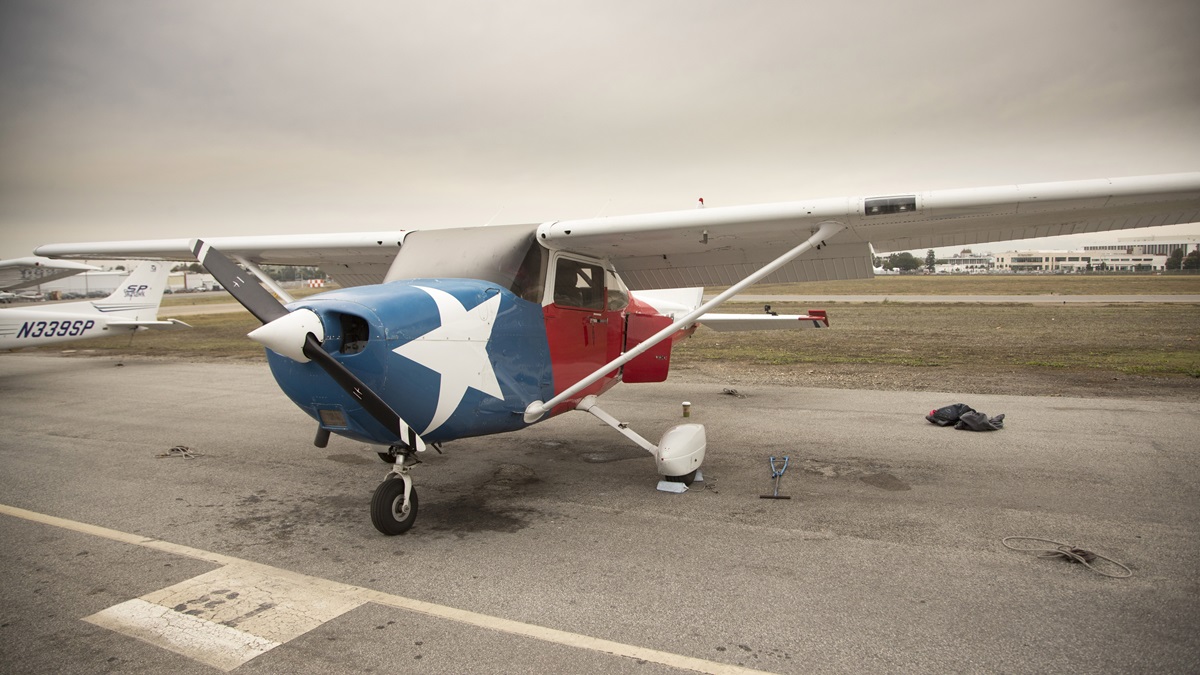
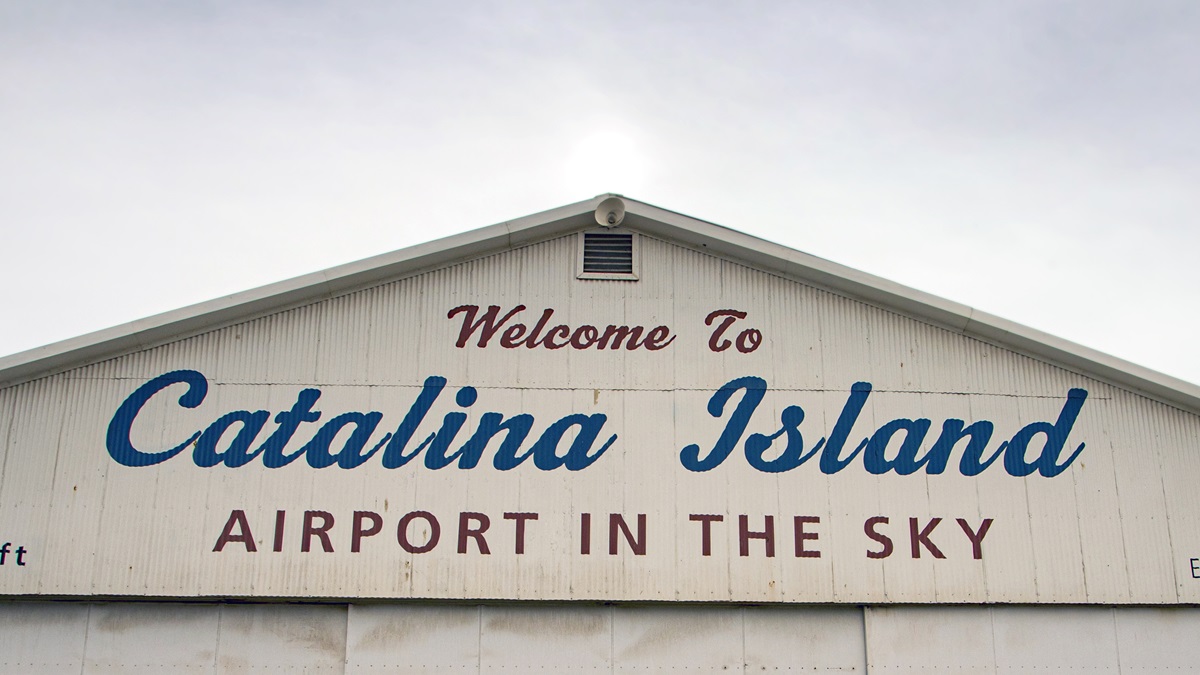
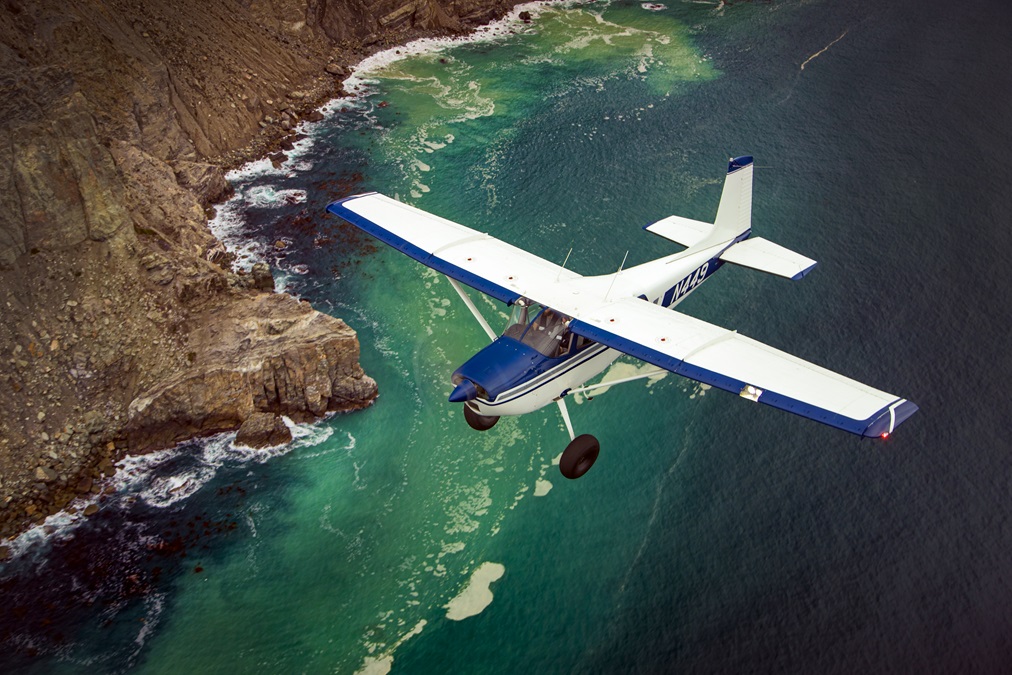
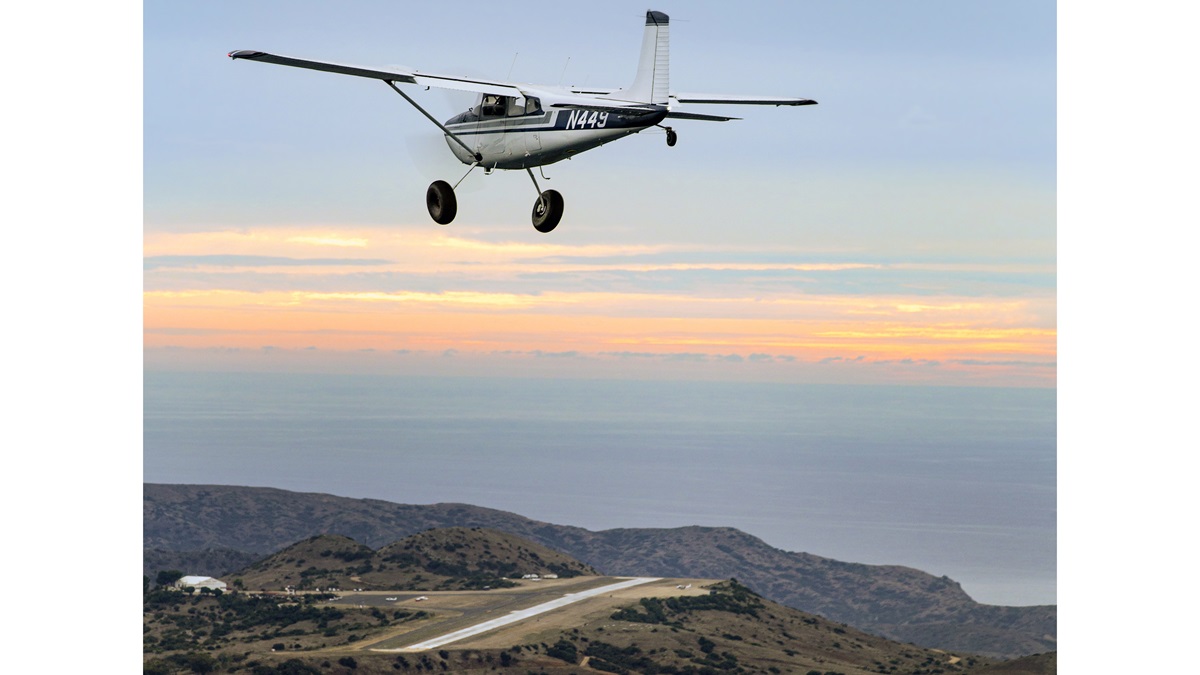
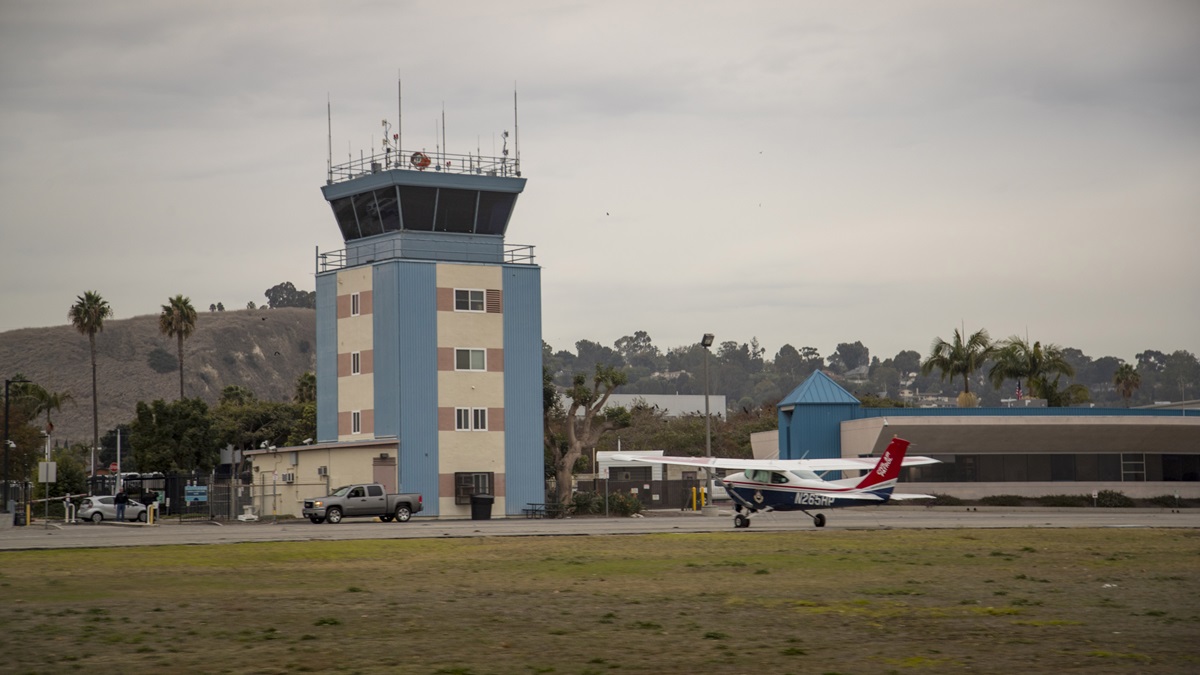
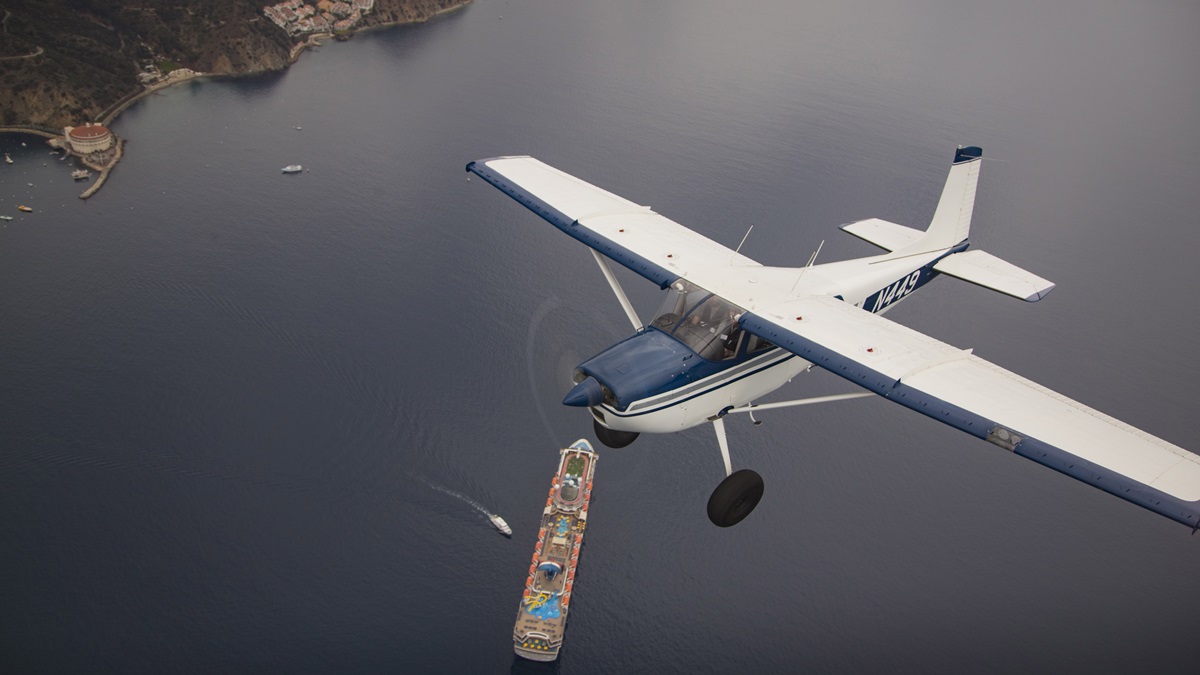

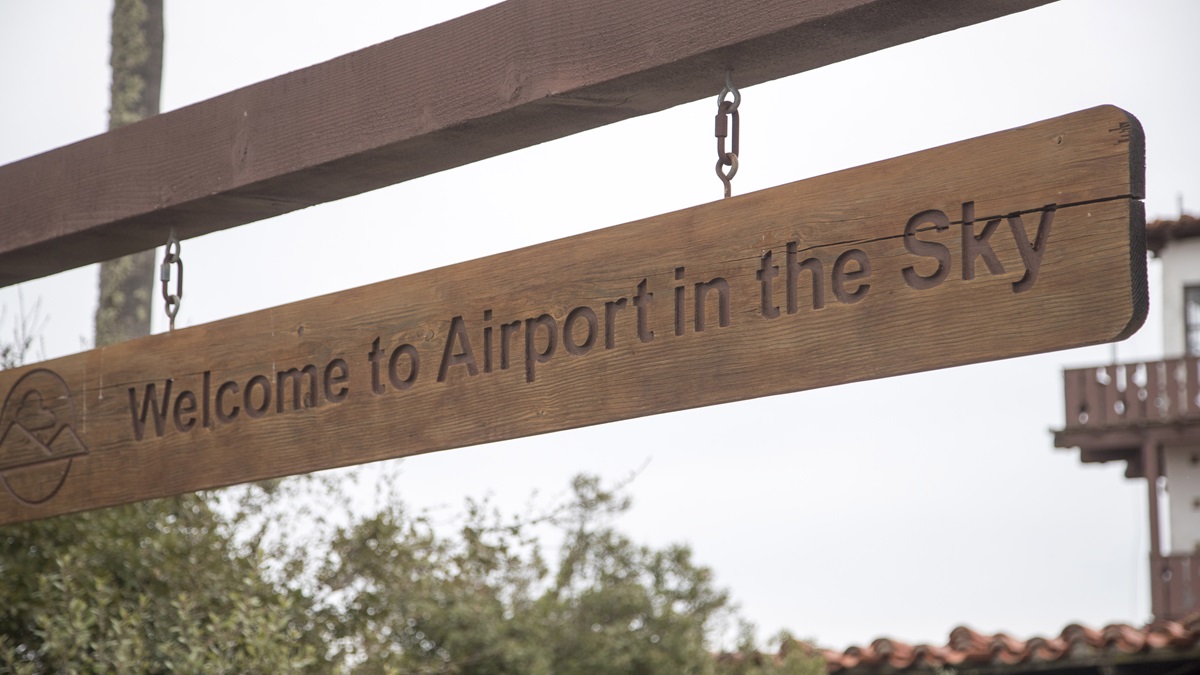
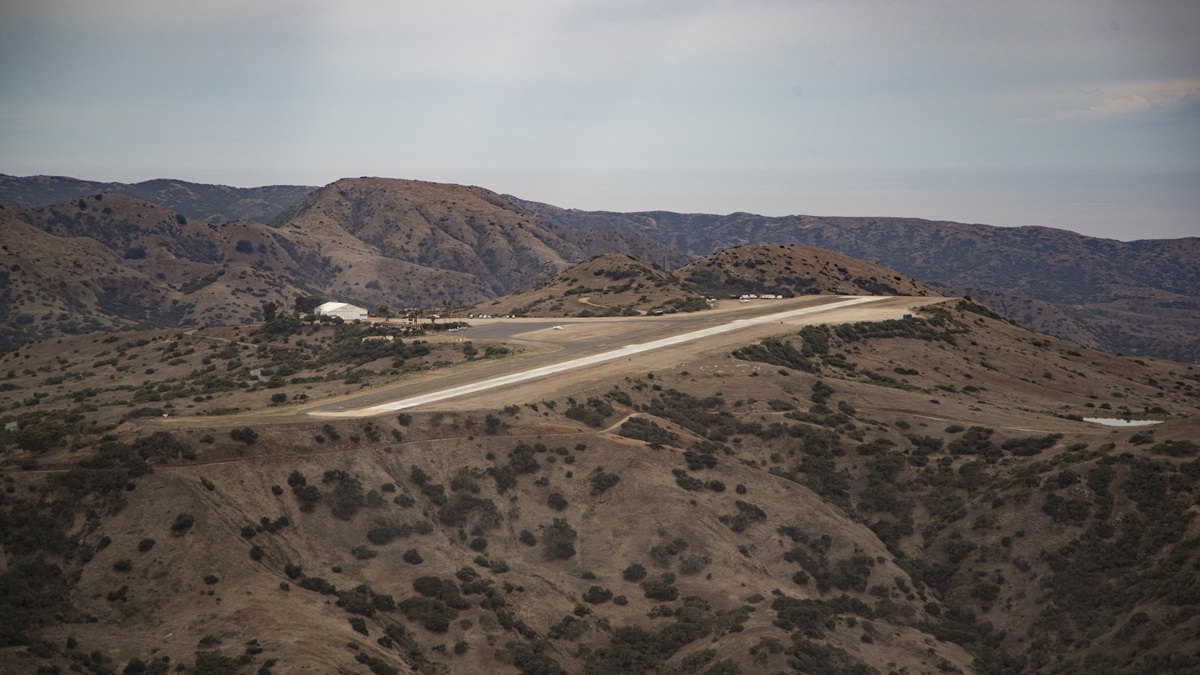
 Cars are few and far between—residents and visitors typically use golf carts (which you can rent), the local bus, and shuttles to get around. From the airport, head into Avalon with the Wildlands Express. Reservations are required—call ahead. A trip to the Airport in the Sky is not complete without a bite to eat from the locally run DC–3 Grill. First-timers should try the famous Buffalo Burger, which are not made from the Catalina bison but are still delicious!
Cars are few and far between—residents and visitors typically use golf carts (which you can rent), the local bus, and shuttles to get around. From the airport, head into Avalon with the Wildlands Express. Reservations are required—call ahead. A trip to the Airport in the Sky is not complete without a bite to eat from the locally run DC–3 Grill. First-timers should try the famous Buffalo Burger, which are not made from the Catalina bison but are still delicious!
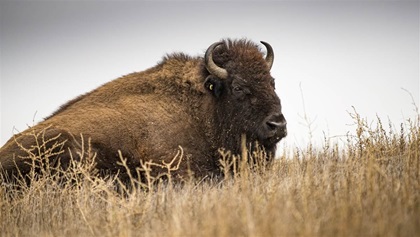 Bison are not endemic to the island. The original group of 14 was brought from the mainland for the filming of a western in 1924. After the production, Wrigley decided that they were worth keeping on the island—they were a draw to tourists. At one point, the herd was as large as 500 and, at that size, the animals became too destructive to remain on the island. The new goal number for the herd was 150. In 2003, more than 350 bison were repatriated from Catalina to the plains of South Dakota and the care of the Rosebud Lakota Sioux.
Bison are not endemic to the island. The original group of 14 was brought from the mainland for the filming of a western in 1924. After the production, Wrigley decided that they were worth keeping on the island—they were a draw to tourists. At one point, the herd was as large as 500 and, at that size, the animals became too destructive to remain on the island. The new goal number for the herd was 150. In 2003, more than 350 bison were repatriated from Catalina to the plains of South Dakota and the care of the Rosebud Lakota Sioux.